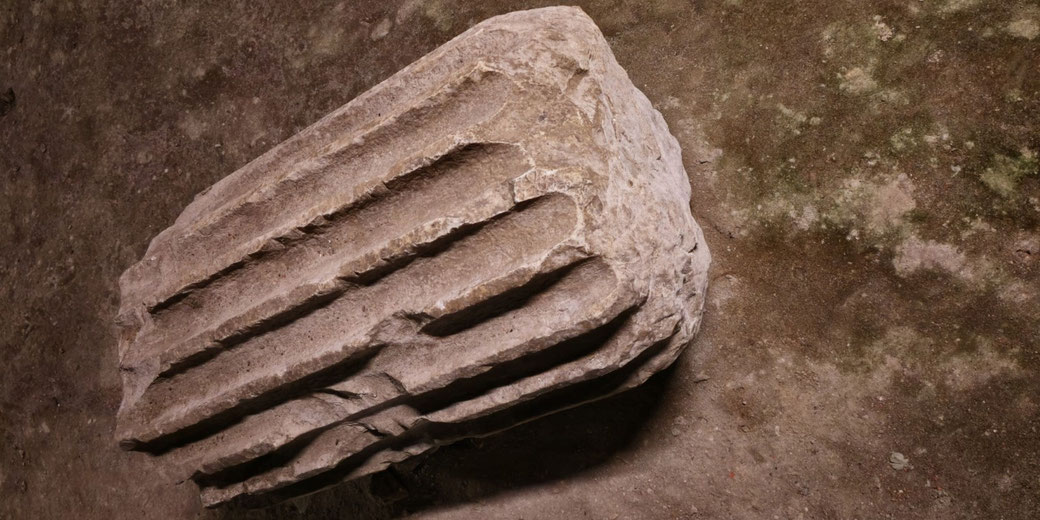Pavlopetri: the real-life Atlantis found

For centuries, the story of Atlantis has captivated the imagination of people around the world. The mythical city, said to have been swallowed by the sea, has been the subject of countless books, films, and theories.
But could it be possible that the story of Atlantis is not just a myth? The discovery of Pavlopetri, an ancient sunken city off the coast of Greece, has reignited the debate about the possible existence of Atlantis. With its remarkable similarities to the legendary city, Pavlopetri has become known as the real-life Atlantis.
What is Pavlopetri?
Pavlopetri is a sunken city located off the southern coast of Greece. It is believed to be the oldest known underwater city in the world.
The city was discovered in 1967 by the British archaeologist Nicholas Flemming, but it was not until recently that scientists began to uncover the secrets of this remarkable site.
Pavlopetri is estimated to be around 5,000 years old and is believed to have been inhabited by the Minoan people, who were one of the most advanced civilizations of the Bronze Age.
It is located in a shallow bay and consists of a series of streets, buildings, and public spaces that were once part of a thriving community.
Remarkable discoveries
One of the most remarkable things about Pavlopetri is the level of preservation that has occurred.
The city is remarkably well-preserved, and many of the buildings and structures are still intact. This is due to the fact that the city was submerged slowly over time, allowing the buildings to become buried in silt and sand.
The first comprehensive survey of Pavlopetri was conducted in 2009 by a team of archaeologists from the University of Nottingham in the UK.
The team used a combination of underwater photography, laser scanning, and other techniques to map the site and uncover the secrets of this ancient city.
Advanced civilisation
One of the most surprising things that the team discovered was the advanced level of planning and engineering that went into the construction of the city.
The streets are laid out in a grid pattern, and many of the buildings have complex architectural features, such as stone arches and columns.
Another fascinating aspect of Pavlopetri is the evidence of trade and commerce that existed within the city.
The team found evidence of imported pottery, indicating that the city was a hub for trade with other civilizations in the Mediterranean.
Many unanswered questions
Despite the remarkable discoveries that have been made at Pavlopetri, there is still much that we do not know about this ancient city.
The team of archaeologists continues to work at the site, using the latest technology to uncover more secrets and piece together the history of this remarkable place.
Pavlopetri is a reminder of the rich history and cultural heritage that exists beneath the surface of our oceans.
It is a testament to the ingenuity and creativity of our ancestors and a reminder of the importance of preserving our shared cultural heritage for future generations.
What do you need help with?
Download ready-to-use digital learning resources
Copyright © History Skills 2014-2025.
Contact via email
With the exception of links to external sites, some historical sources and extracts from specific publications, all content on this website is copyrighted by History Skills. This content may not be copied, republished or redistributed without written permission from the website creator. Please use the Contact page to obtain relevant permission.





